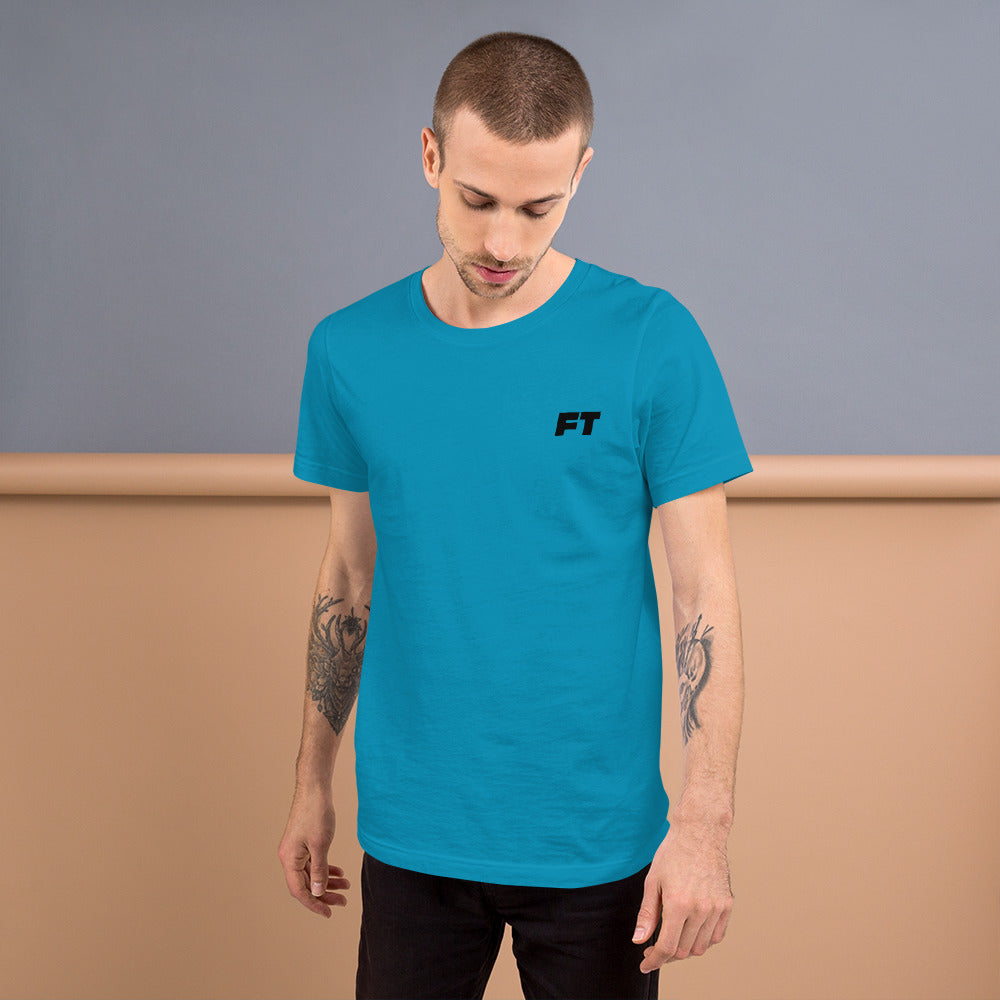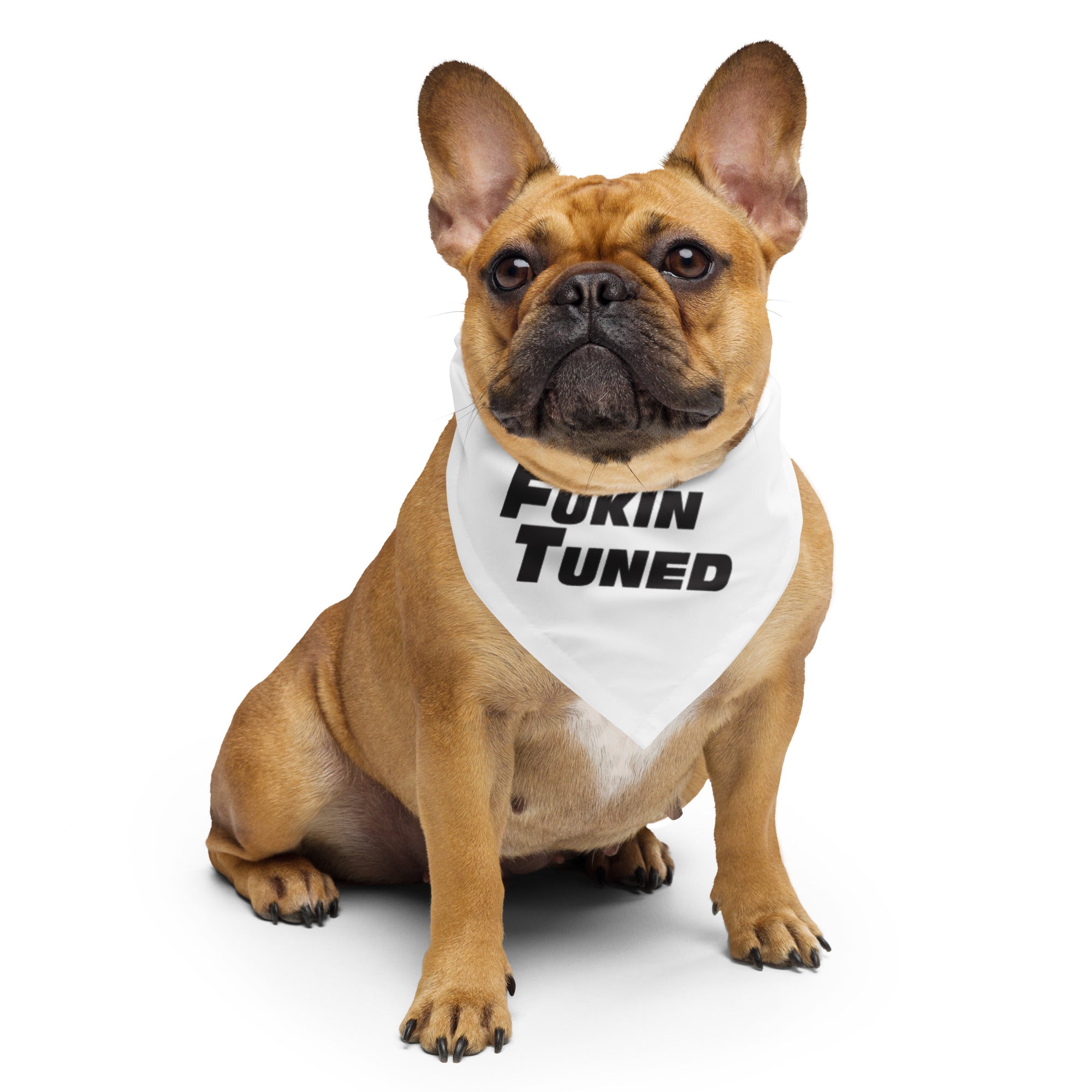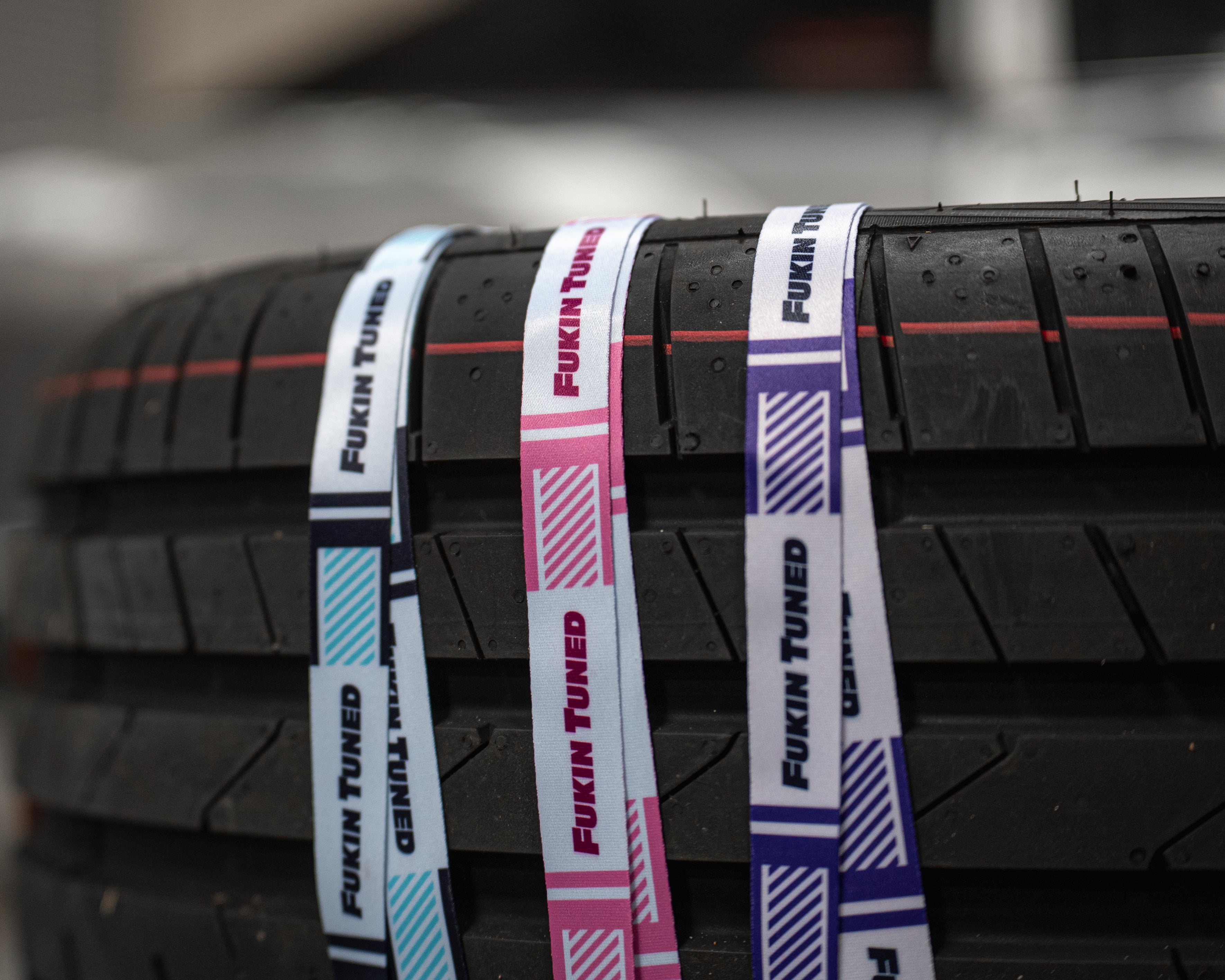Cover Photo by Andres Grijalva
A burble tune, also called a pop and bang tune or crackle tune, is an ECU modification that deliberately causes backfires in your exhaust system. Instead of all the fuel burning inside the cylinders as normal, a burble-tuned setup sends some unburned fuel into the exhaust, where it ignites due to the heat from the exhaust system. The result is a series of crackles, pops and sometimes even flames from the tailpipe.
These sounds can be playful and aggressive, intended solely for visual and audio effects, as they do not impact performance. Some tune shops market burble tunes as “pop and bang” or “crackle maps”.
How Does a Burble Tune Work?
In basic terms, a burble tune works by altering fuel and ignition timing in the ECU. During throttle lift-off or deceleration, the tune keeps a small amount of fuel entering the exhaust instead of cutting it off entirely. The ignition timing is delayed so the mixture ends up combusting in the exhaust rather than in the cylinder.
That combustion in the exhaust is what creates the pops, bangs and crackles. The louder or more aggressive the tune, the more fuel and timing delays involved, and the more stress placed on exhaust components and engine internals.
What do Burbles Tunes Sound Like
When the tune is dialed in, you’ll hear rhythmic popping, crackling and occasionally small bangs from the tailpipe when you lift off the throttle. On some builds there’s even visible flame. If the car also has an upgraded or straight-pipe exhaust, those effects tend to be more audible and dramatic.

Photo by Nathan Marquardt
There’s also a distinction: lighter burble tunes produce softer pops, while more aggressive burble tunes deliver sharper, louder bangs.
Can a Burble Tune Damage the Engine?
Yes. That’s the honest answer. Modifying your ECU to produce a pop and bang tune or crackle or burble effect puts extra wear on both engine and exhaust components. Injecting fuel when the engine is off-throttle increases combustion temperatures and stresses the combustion chamber and valves.
Then there’s the exhaust system. Igniting fuel inside the exhaust manifold or pipe adds extreme heat load, which accelerates wear on the catalytic converter, manifold, sensors and tubing.
On forums you’ll find comments warning of valve damage, turbo stress, clogged or melted cats, and general reliability issues. So while it may look and sound cool, the risk of accelerated component failure is real. Many tuning professionals will refuse to apply such tunes because of those risks.
Are Burble Tunes Legal?
Legality depends on where you live, but in many places you enter a grey zone. The tune itself isn’t always outlawed, but noise regulations, emissions rules, and vehicle inspection laws may come into play. If your car is noticeably louder, shoots flames, or discolors exhaust components, you could be pulled over or fail inspection.

Photo by Vlad Grebenyev
Even worse, if your tune affects emissions or causes visible smoke or flame, you could face fines or fail checks. Use the mod responsibly if you go there.
Final Thought on Crackle/Burble Tunes
If you’re thinking about a pop and bang tune or a crackle tune or a burble tune, know what you’re getting into. You’ll get attention and that aggressive exhaust sound, but you’ll trade reliability, component life, and possibly legality. For street-driven cars where reliability counts, going for a mild setup is safer than going full crackle. Just make sure your ECU tuner knows what they’re doing and that you’re ready for the consequences.
So, in short, occasional pops and bangs in your sports car with the factory tune is fun. A remap that improves performance while introducing occasional pops and bangs, is also fun. That straight piped VW GTI with DSG fart and setting off every car alarm in the neighborhood at 2 AM? That one is not.









